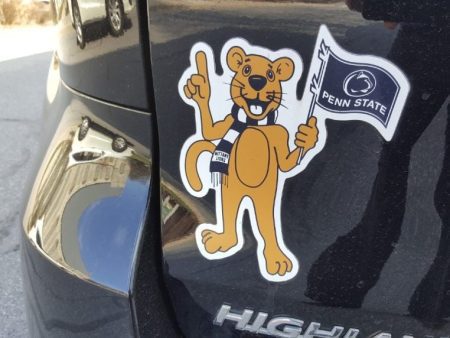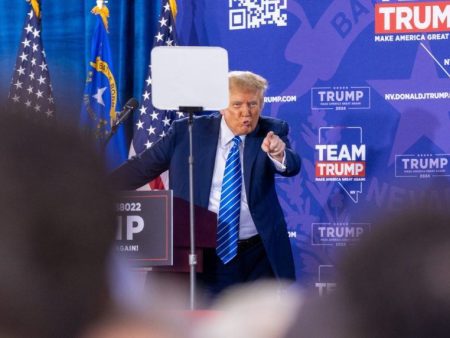Posted on: November 10, 2024, 02:27h.
Last updated on: November 10, 2024, 02:27h.
“The only constant is change” is an aphorism that’s 10 times truer in Las Vegas. Here, history and time-honored traditions regularly take a distant backseat to increasing shareholder profits. The following are experiences that were once synonymous with the famous street on which they can no longer be found.
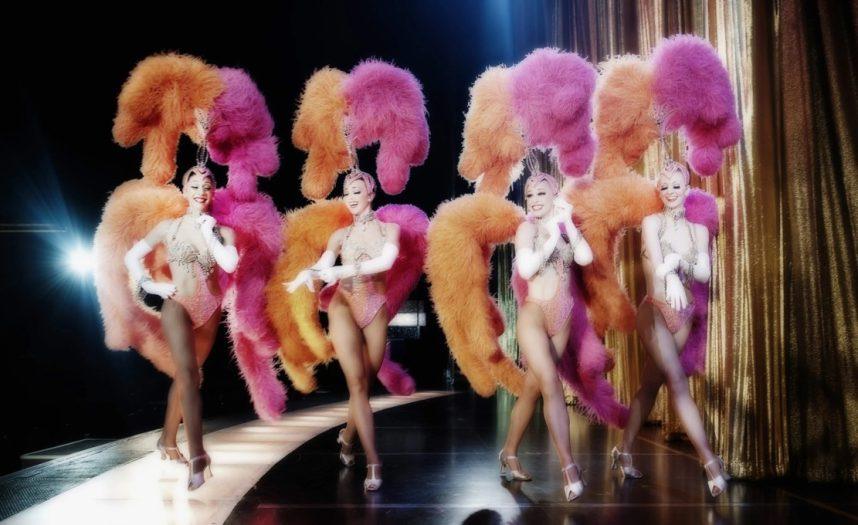
Showgirl Shows
The last glamorous musical production featuring classically trained dancers performing nightly in glamorous outfits and heavy headdresses was “Jubilee!” at Bally’s. It closed in 2016, six years ahead of the resort, which opened as the original MGM Grand in 1973 and is now the Horseshoe.
Showgirl shows became too expensive, costing upwards of $5 million per year for casinos to stage, at the same time that tastes in entertainment had already shifted.
These days, most Strip casinos either partner with AEG Presents or Live Nation to present music and comedy residencies by A-list performers, or they lease their showrooms to Cirque du Soleil or other independent entertainment operators.
Any “showgirls” you might have seen on your latest trip to the Strip were either paid models or street performers posing for photos in exchange for tips.
Cheap Buffets

The pandemic provided a convenient excuse for many Strip casinos to cut a cost they’d been dying to for 30 years.
Buffets were relics of a time when casinos earned 75% of their revenue off gambling. Basically, they served as loss leaders to keep guests from leaving the property in search of food.
The very first buffet appeared in the early 1940s at the very first Strip casino resort, El Rancho Vegas. The cost of gorging yourself on fried chicken and hamburgers at the Chuck Wagon (later named the Buckeroo) was $1, about $11 today.
By the ’80s and ’90s, gambling’s slice of the casino-revenue pie began shrinking to where it is today — around 25%. So underwriting food costs no longer made corporate sense. In 2021, Caesars Entertainment CEO Tom Reeg complained that his company’s Las Vegas buffets were losing an average of $3 million per year.
Today, the 18 buffets that once operated on the Strip are down to only seven — none of which are cheap since they now have to pay for themselves.
MGM Resorts still operates buffets at the MGM Grand, Cosmopolitan, Excalibur and Luxor. Of the eight properties Caesars runs on the Strip, only one (Caesars Palace) still features a buffet (the Bacchanal). And the only independently run Strip casino resorts with buffets are Circus Circus and Wynn Las Vegas.
We expect even these to eventually all be replaced by food halls, which are basically upscale food courts in which casino companies lease stations out to third-party restaurants, thereby minimizing their cost and risk. Food halls now outnumber buffets on the Strip eight to seven.
Free Parking
Parking everywhere on the Strip had been free since the El Rancho opened in April 1941. Charging people who were about to gamble this month’s mortgage away was tacky, so the thinking went.
By June 2016, the thinking was different. That’s when MGM Resorts, the largest Vegas casino operator, ended the time-honored perk at all 10 of its properties. Within six months, Caesars Entertainment, the second-largest Vegas casino operator, followed suit, turning two-thirds of the Strip into a paid-parking zone.
None of the properties that started charging after that should be blamed. They were forced to do it, since guests of MGM and Caesars properties were filling up their free garages without walking into their casinos.
24/7 Lounge Acts
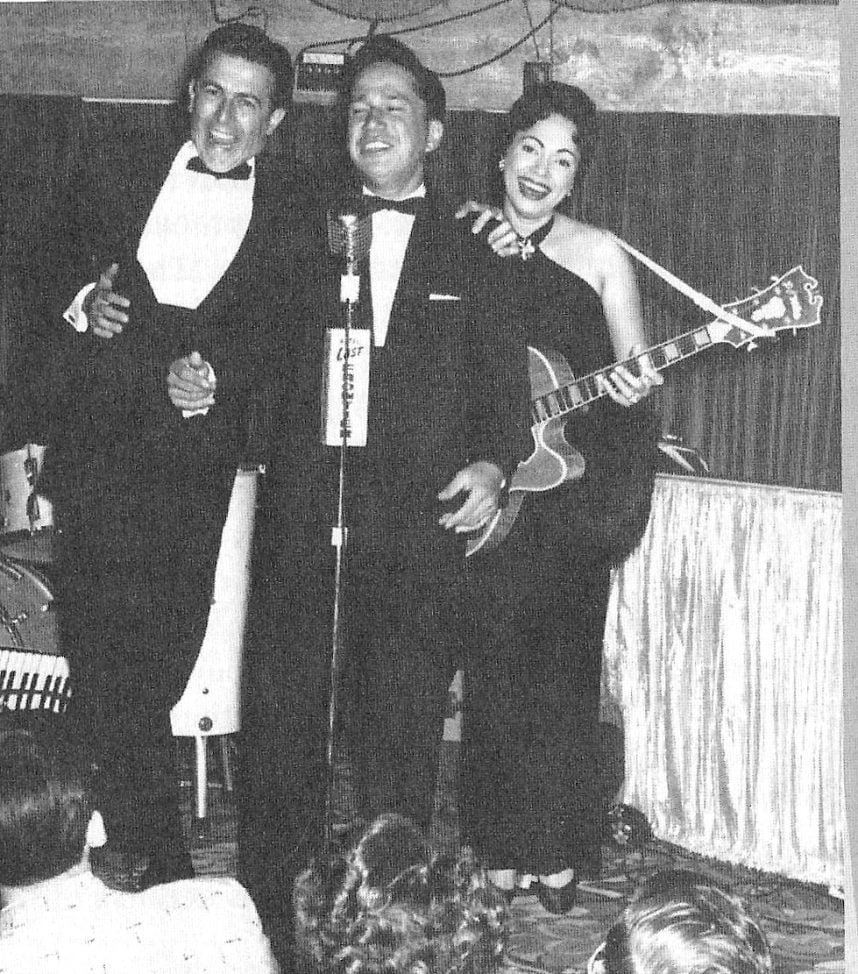
B- or C-list singers and comedians performing for free in a lounge at all hours used to be the norm up and down the Strip.
In the ’50s, you could find the Mary Kay Trio harmonizing at 2:30 a.m. in the Last Frontier’s Horn Room.
In the ’60s, Sonny King crooned standards in the Casbar Lounge at the Sands after the Rat Pack performed in the showroom. (Frank Sinatra and Dean Martin often dropped in to perform a song during King’s set.)
In the ’70s, comedian Pete Barbutti regularly killed afterhours at the Copa Room at the Sahara.
Just like underwritten buffets, free entertainment was once happily provided to casino guests. The hope was that these late-night shows would keep gamblers up and pumping quarters into slot machines before and after the shows. Today, that’s no longer a profitable proposition.
You can still find entertainment at all hours on today’s Strip, but it mostly takes the form of DJs headlining mega-clubs. And admission will cost you hundreds and hundreds of quarters.
Big Cat Shows
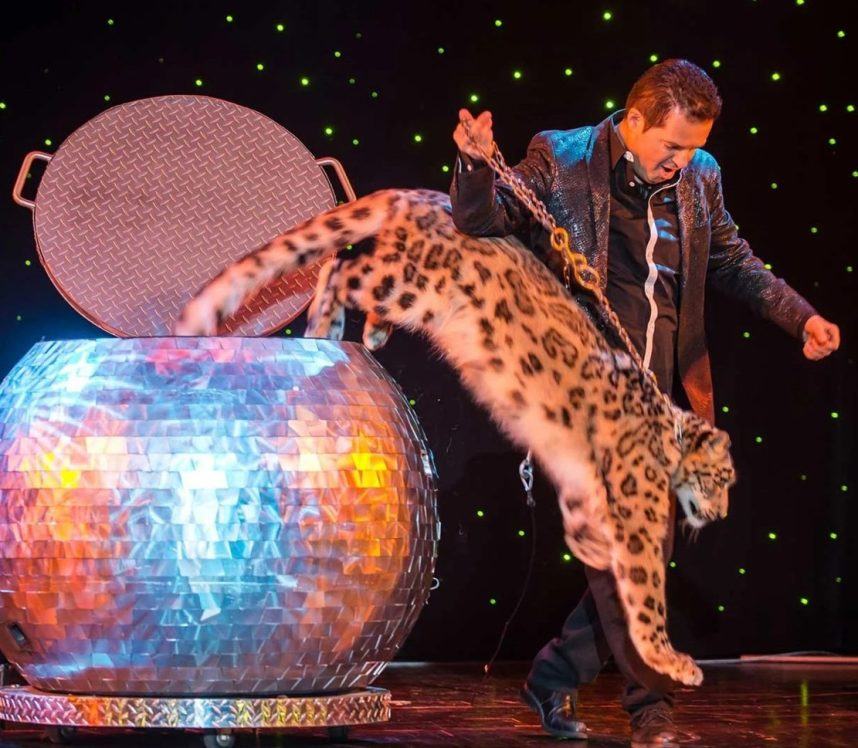
Magic shows featuring tigers and leopards had already begun to fall out of favor at the turn of the millennium. That’s when a cultural shift occurred toward animal welfare and conservation. But Roy Horn’s infamous 2003 tiger attack greatly hastened the end of the era of caged animals performing for the amusement of humans.
The last magician to use big cats in a Las Vegas magic show was Dirk Arthur, who presented his “Wild Illusions” show at the Riviera a few months before that casino hotel closed in 2015.
Arthur died last year at age 63, after several unsuccessful attempts to revive his show. Times for the magician had apparently gotten so lean that, according to the Las Vegas Review-Journal’s obituary, he last worked for the Westgate as an usher — presumably in the very theater where his show once headlined.
What quintessentially Vegas experience do you miss the most? Let us know in the comments.
“Lost Vegas” is an occasional Casino.org series spotlighting Las Vegas’ forgotten history. Click here to read other entries in the series. Think you know a good Vegas story lost to history? Email [email protected].
Source link
Casino.org News 2024-11-10 21:55:23

